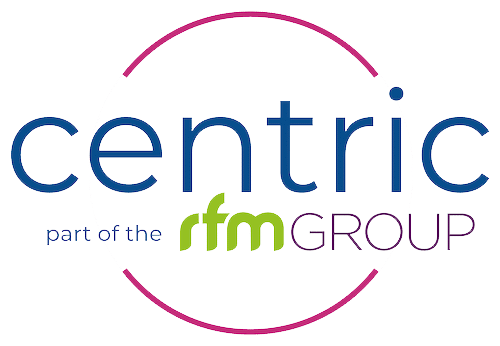Fitting out schools to enhance learning is an essential and ongoing process that helps to ensure that students have access to the resources and environments they need to succeed.
This can involve a wide range of activities, including the installation of new technology and equipment, the redesign of physical spaces, and the development of new curricula and teaching methods.
Technology
One key aspect of refurbishing schools to enhance learning is the incorporation of technology. In today’s digital age, it is essential that schools provide students with access to a wide range of technology, such as computers, tablets, and interactive whiteboards. This can help to engage students and make learning more interactive and fun.
Physical Spaces
In addition to technology, schools also need to ensure that they have adequate physical spaces for learning. This can include traditional classrooms, as well as more specialized spaces such as science labs, art studios, and technology workshops. These spaces should be designed to be flexible and adaptable so that they can be used for a variety of different activities and learning styles.

Furniture
Furniture is also an important aspect of fitting out schools to enhance learning. The right furniture can help to create a comfortable and conducive learning environment for students. This can include desks and chairs that are the appropriate size and height for students, as well as tables and other furniture that can be used for group work and collaborative activities.
In addition, it is important for schools to choose furniture that is durable and long-lasting, as well as easy to clean and maintain. This can help to ensure that the furniture will be able to withstand the daily wear and tear of a busy school environment.
Choosing the right furniture for a school can help to create a comfortable and functional learning environment that supports and enhances student learning. This can be an important part of the overall process of fitting out schools to enhance learning.
Curricula and Teaching
Another important aspect of fitting out schools to enhance learning is the development of new curricula and teaching methods. This can involve incorporating more hands-on, experiential learning opportunities, as well as using a variety of teaching techniques such as group work, problem-based learning, and project-based learning. This can help to engage students and make learning more dynamic and engaging.
Overall, fitting out schools to enhance learning is a complex and ongoing process that requires collaboration and coordination between teachers, administrators, and other stakeholders. By investing in technology, physical spaces, and curricula, schools can create environments that support and promote student learning and success.

FAQs about Fitting-out Schools
Q: What does “fitting out schools” mean?
A: “Fitting out schools” refers to the process of equipping and furnishing a school with all the necessary infrastructure, furniture, equipment, and technology required for students and teachers to carry out their academic activities.
Q: Who is responsible for fitting-out schools in the UK?
A: Generally, local authorities, schools themselves, and other relevant educational bodies are responsible for fitting-out schools in the UK.
Q: What are the main items required to fit out a school?
A: The main items required for a school refurbishment include furniture, such as desks, chairs, and storage units, as well as educational equipment, such as whiteboards, projectors, computers, and other IT infrastructure.
Q: How much does it cost to fit out a school?
A: The cost of fitting out a school depends on various factors, such as the size of the school, the type of equipment and infrastructure required, and the quality of the materials used. It can range from a few thousand pounds to several hundred thousand pounds.
Q: What are the benefits of fitting-out schools?
A: Fitting-out schools provides students with a modern, well-equipped learning environment that enhances their academic experience. It also helps to improve the morale of teachers, boosts school attendance, and provides a safe and secure environment for students and staff.
Q: How long does it take to fit out a school?
A: The duration of a school refurbishment depends on various factors, such as the size of the school, the scope of the work required, and the availability of resources. It can take anywhere from a few weeks to several months to complete.
Q: Can schools get financial assistance for a re-fit?
A: Yes, schools can receive financial assistance for fitting out from various sources, such as local authorities, government funding, and private sector organizations that support educational initiatives such as the Parent Teacher Association (PTA).
Q: Can schools choose the type of equipment and infrastructure they want to use?
A: Yes, schools can choose the type of equipment and infrastructure they want to use, based on their specific requirements and budget constraints. However, they must ensure that they comply with the relevant health and safety regulations and educational standards.
Q: What happens after a school is fitted-out?
A: After a school is fitted-out, it becomes fully operational, and students and teachers can start using the facilities and equipment provided. The school can also be inspected to ensure that it meets the required standards.

